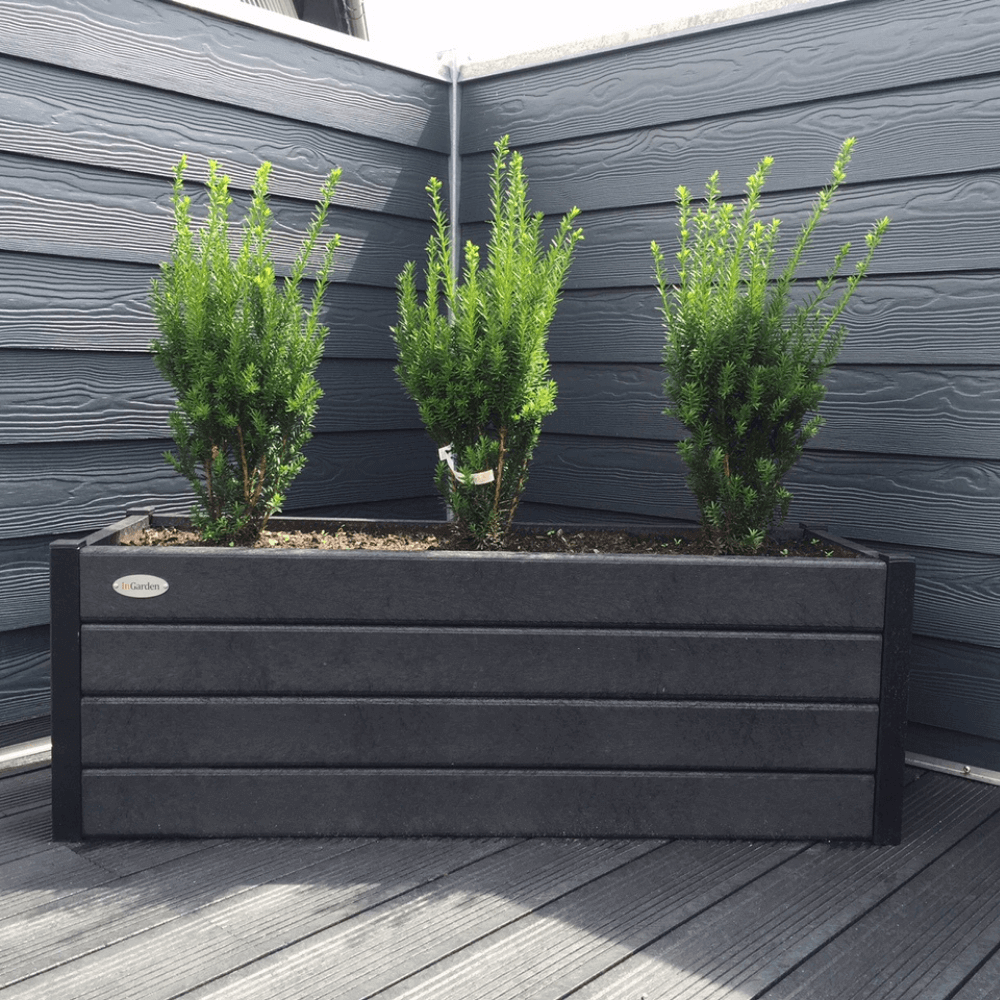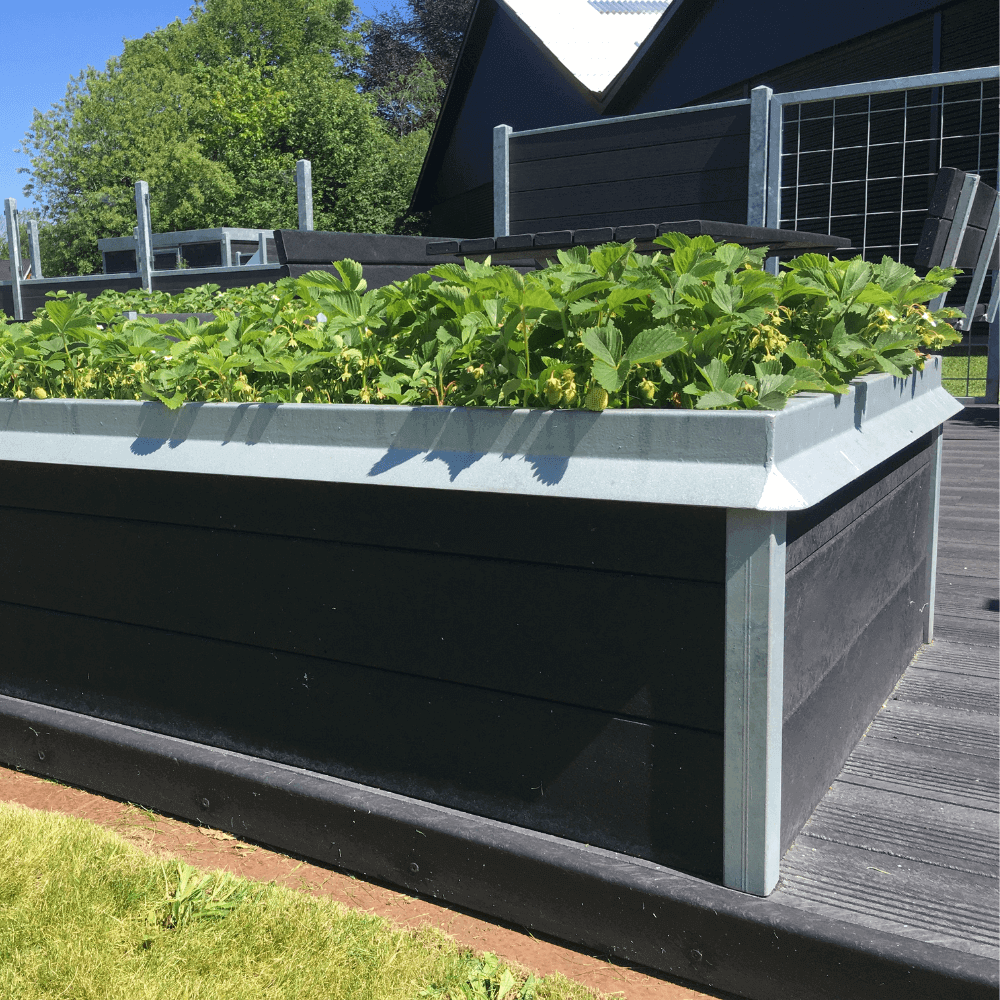Unfortunately, my early maize of the Butterscotch variety is now infested with the fungal disease maize apple. They have certainly been in previous years, but I have never noticed it, as the bed has been finished before the disease has spread significantly. On the other hand, last year I became seriously aware of the disease, as all the later teams of maize were so heavily attacked that I barely got a flask out of the effort. The plants came to a complete standstill and the flasks became some crippled stalks - if they became anything at all.
I did not know the disease, but Karna Maj sent me some pictures of the eye patch - and the resemblance was so striking that not an eye was dry. The disease has spread more and more in recent years here at home, and thrives very well in humid weather like the one we have undeniably had lately. Unfortunately, it also turned out that control is impossible without agrochemicals' arsenal of fungicides - while prevention is done by not planting corn after corn or spreading the infection using plant debris. So all the corn waste smoked for incineration.
Furthermore, the network could tell that most newer varieties were more or less resistant to the disease. On the other hand, there was nowhere concrete information about which varieties had the resistance - and then one was just as far, as the resistance of my own "new" varieties had been ridiculously low. The seed companies' websites were not much help either, as there was nothing here about the resistance of the varieties offered. I ended up writing to 3 English companies (here the disease has also started to show up in the gardens) and Dobies replied. They did not have seeds themselves, but had started selling plants of the new variety Vanilla Sweet - and they further referred to the fact that Mirai White could be recommended.
I managed to find seeds of Vanilla Sweet, which are sown a month later than Butterscotch - and if they avoid the disease, the variety will be the favorite for sowing from early May and later. The current Vanilla Sweet is today one meter high and has started to show male flowers - I hurried to inspect the bed, and so far the disease is not noticeable.
Written by Peter Norris









-1.backdrop.png)


-1.backdrop.png)








